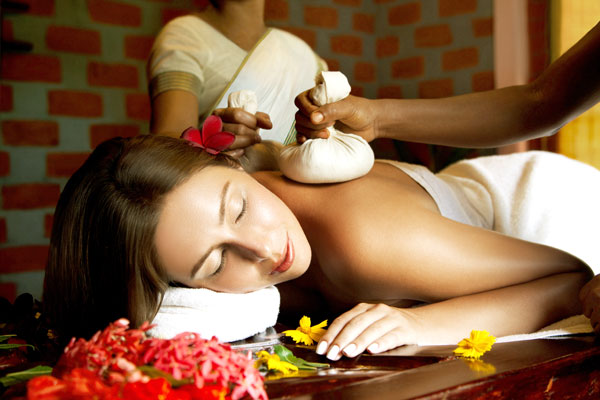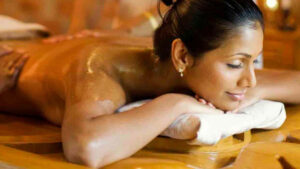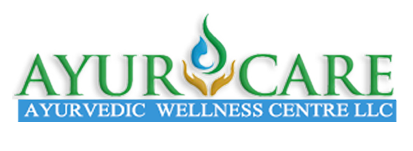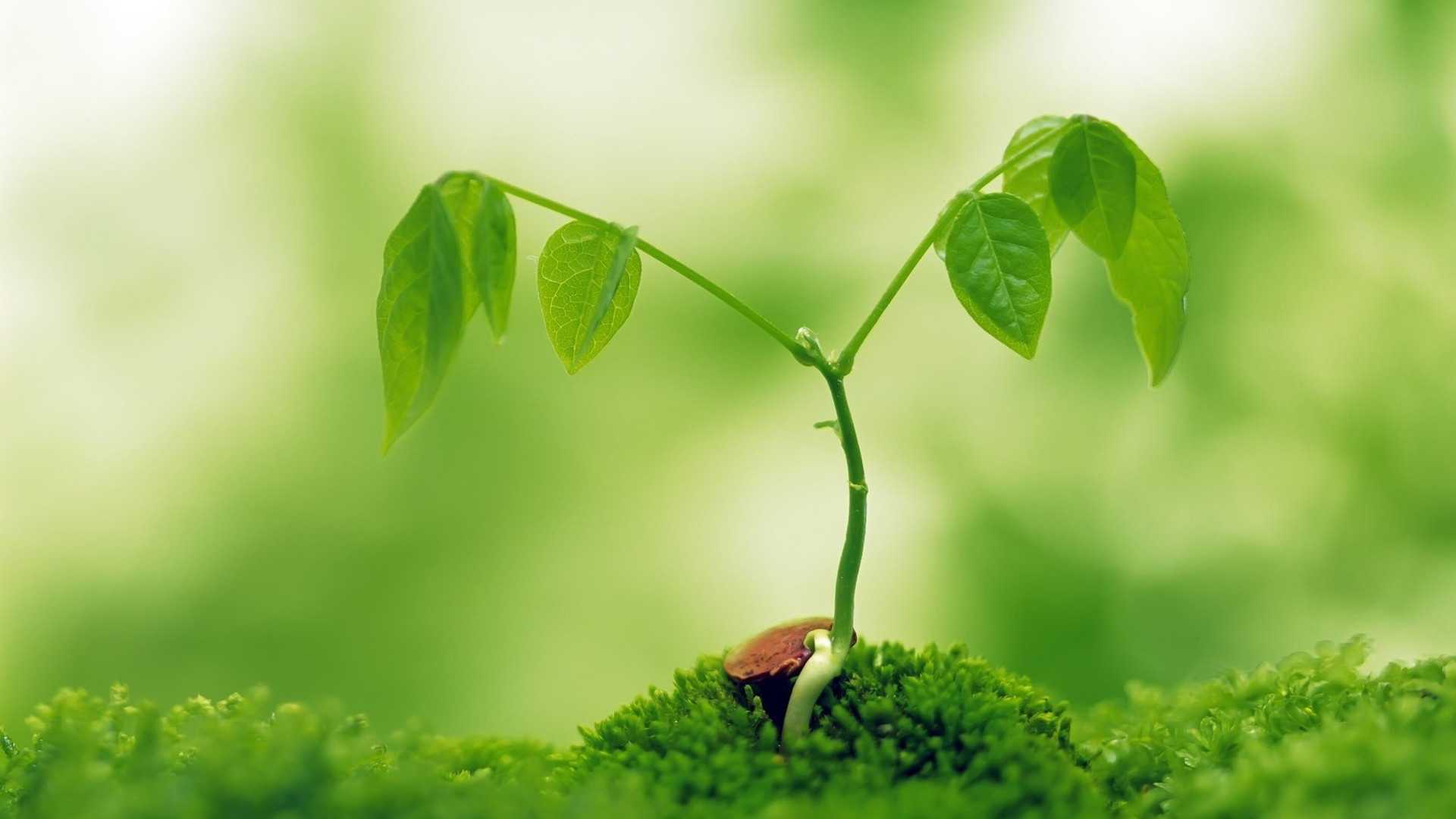
Ayurveda or Ayurvedic medicine is a healthy life style originated in India around 5000 years ago. It is not only a system of medicine but a way of life. Otherwise it is an art of living. Ayurveda is derived from two words Ayus and Veda, which means science of life. In classical texts, the knowledge of Ayurveda has been transmitted from gods to sages and then to humans. The main aim of Ayurveda is to maintain health in a healthy individual and to cure disease in a diseased person.Ayurveda is a holistic medicine which considers mind and body as whole.

Ayurvedic basic principle lies on five elements like Prthvi(Earth),Ap(water) ,Thejas(fire),Vayu(air) and Akash(space) and three doshas like Vatha,Pitha and Kapha. Any imbalance in these doshas create diseases. So Ayurvedic treatments aim at maintaining health by balancing these doshas. According to Ayurv, body constitution (prakruthi) is unique .Each individual varies in physical, psychological and physiological functions. These prakruthi divides the person to different groups based on phenotypic appearance, habits, temperament and many other factors. So Ayurvedic treatments, dietary advice, rejuvenation therapies also varies from person to person.
Ayurveda says body is made up of seven tissues called sapthadhatus. They are Rasa (Plasma), Raktha (blood), Mamsa (muscle), Meda (adipose tissue), Asthi (Bone) Majja (bone marrow), Sukra (semen). These seven dhatus works in coordination with each other for proper functioning of human body. The other philosophies mentioned in Ayurv are trimalas .Trimalas are mutra (urine), purisha (faeces) and sweda (sweat). Ayurveda advocates panchakarma therapies apply for the various processes for the rejuvenation, cleansing and enhancing longevity. Panchakarma consists of three main steps like poorvakarma (preparatory procedure), pradhanakarma (main procedure) and paschat karma (after procedure- to restore digestive power and to bring back to normal state). Panchakarma therapies are fivefold purificatory methods which are vamana (emesis), virechana( purgation), nasyam (nasal therapy), vasthi ( two types- oil enema and decoction enema).
Ayurveda has mainly eight branches like kayachikitsa (general medicine),Balachikitsa (Pediatrics),Grha chikitsa (to eliminate spirits),Urdhwangachikitsa (ENT),Salyachikitsa (surgery),Damshtrachikitsa(Toxicology),Jarachikitsa(rejuvenation),Vrshachikitsa(Aphrodisiacs).
For Ayurvedic diagnosis, Ayurvedicpractioner or an Ayurvedic doctor uses eight ways which are Nadipariksha(pulse),Mootram(urine),Malam(faeces),Jihva(tongue),Sabda(sound),Sparsa(touch),Drik( vision) ,Akrithi(appearance).The best Ayurvedic doctor uses five senses too.
Ayurveda emphasis importance to dinacharya (daily regimen) and rtucharya (Seasonal regimen) to balance the doshas and to maintain health. In this natural cycles, brushing, tongue cleaning, skin care, eye care, oil bath are given utmost importance. The proper follow up of seasonal regimen helps to make body strong and fit.
Ayurvedic treatments mainly lie on two different modalities .One is purificatory or sodhana chikitsa and the other is pacification or samana chikitsa. Sodhana chikitsa removes doshas from body, its effect last long, done in profound doshas and strength and it normalizes dhatu. samana chikitsa pacifies doshas locally, its action is temporary, done in minimal strength doshas and does not interfere with dhatu the best Ayurvedic doctor diagnosis the condition and choose which treatment modality is suitable.
At Ayurcare Ayurvedic wellness centre, the best Ayurvedic centre in Dubai , the patients are carefully assessed by qualified Ayurvedic doctors and attended by experienced and trained massage therapists .




